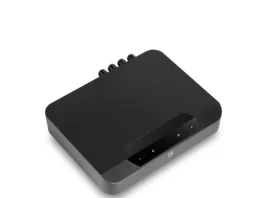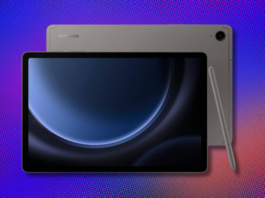As Apple gears up for the anticipated launch of the iPhone 16 series in September 2024, there’s heightened focus on the thermal design of these next-generation devices. Amid growing demand for more robust and efficient smartphones, Apple is reportedly setting a new benchmark in device cooling technology, tapping into the groundbreaking potential of graphene.
Who, What, When, Where, and Why
Who: Apple Inc., renowned for its innovative technology products, is set to release the iPhone 16 series.
What: The iPhone 16 is rumored to feature an advanced thermal design using graphene to prevent overheating issues.
When: The release is scheduled for September 2024, with an announcement likely around September 10.
Where: This launch is expected globally, with a particular focus on major markets like the U.S., Europe, and Asia.
Why: The new thermal design aims to address overheating concerns that have surfaced with previous models, enhancing user experience and device performance.
In-depth Analysis of the Thermal Design
The introduction of graphene in the iPhone 16 series represents a significant technological advancement. Known for its exceptional thermal conductivity, graphene could dramatically improve heat dissipation. This shift is not just about addressing past overheating complaints but is also strategically aligned with Apple’s push towards integrating more powerful processors and AI capabilities, which demand robust thermal management solutions.
Several sources indicate that Apple’s decision to integrate a graphene-based thermal system is driven by the need to accommodate high-performance features without compromising on device efficiency or user comfort. Graphene’s superior properties over traditional materials like copper, used in previous iPhone models, make it an ideal choice for enhancing thermal management in compact, high-performance devices like smartphones.
Market Impact and Consumer Expectations
A survey by SellCell highlighted that alongside pricing, the thermal design is a critical factor influencing potential upgraders’ decisions, reflecting a significant consumer interest in more reliable and efficient devices. The anticipation around the iPhone 16’s thermal capabilities suggests a growing consumer awareness and demand for smartphones that can handle intensive tasks without overheating.
Personal Insights and Anticipations
From a personal perspective, having used previous iPhone models that occasionally struggled with heat management during intensive tasks like gaming or video processing, the promise of a graphene-enhanced cooling system is particularly appealing. This upgrade could redefine user expectations around smartphone performance and durability, especially for power users who need their devices to operate efficiently under load.
The iPhone 16’s innovative thermal design could set a new standard for smartphone technology, potentially influencing future designs across the industry. As we approach the launch date, the tech community eagerly awaits to see how well these advancements translate into real-world performance. If successful, this could further solidify Apple’s reputation as a leader in technology innovation, providing users with faster, more efficient, and thermally optimized devices.







